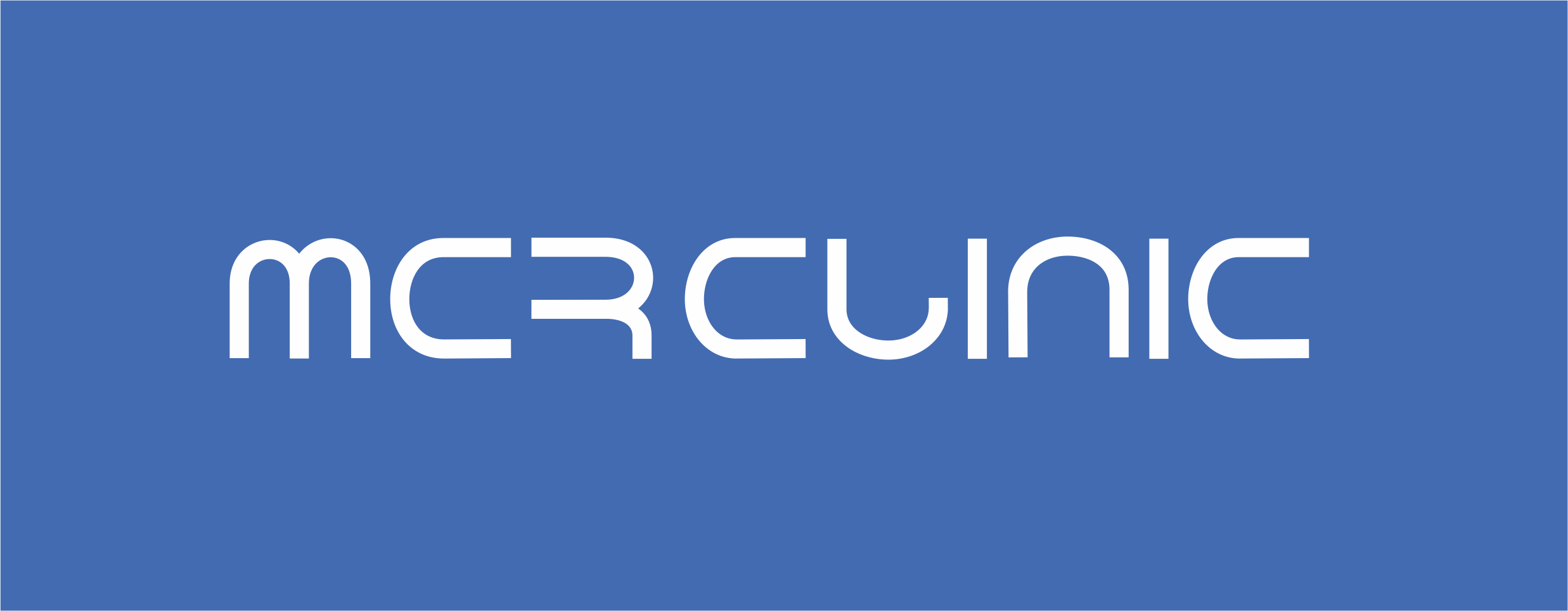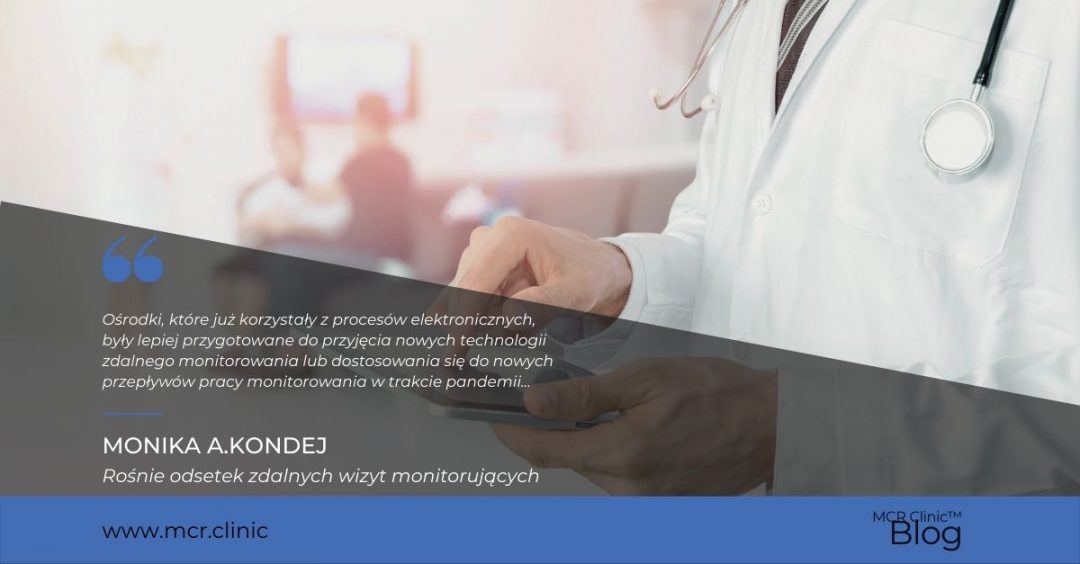The endless possibilities of wearable technology in healthcare
Wearable devices and wearable electronics – these are devices that enable monitoring of the patient’s vital signs and are worn on the body like jewellery, such as armbands, watches or bracelets, or even clothing.
Why are wearables so powerful?
- They allow you to monitor patients around the clock – whether they are in the hospital or at home.
- They can provide physiological monitoring during clinical trials, such as when developing new drugs.
- They are essential in disease prevention. They help detect chronic conditions and disease onset by personalized physiological data, which is especially useful for prevention in the elderly.
- Support healthy habits. Many of the diseases that affect patients the most are the result of lifelong decisions, such as diabetes, hypertension and heart disease. Wearable technology can be programmed to help users track their eating habits or lifestyle.
Examples of wearables devices
More and more advanced devices appear, which can not only measure heart rhythm or pulse, but also glucose level and hydration of the body. An interesting example of wearables are special glasses – used by doctors during procedures, operations or examinations, allowing quick access to the results of tests, e.g. computed tomography.
Textile devices, gloves, wristbands and even clothing are also becoming more common.
Covid-19 and the rise of wearable devices
The outbreak of the Covid-19 pandemic has increased interest in wearable electronics around the world. People want more control over their health and are leaning more readily towards devices that continuously monitor vital signs.
In a survey of nearly 8,000 American adults, 43% said they own a wearable device, up from 33% in 2020.
Wearable devices are already widely deployed, do not cause any major changes in user behavior, are highly scalable and accessible from a cost perspective.
* https://www.medicaldevice-network.com/analysis/the-next-phase-for-medical-wearables/




